Growing Hope
How Rising Seedlings Mirror Post-Michael Optimism
By Stasia Kelly
Spring 2021
Spring 2021
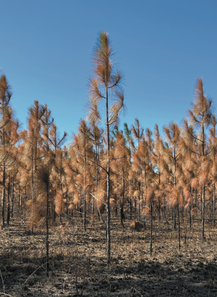 These longleaf pines, now nine years old, on Patricia Middleton’s property weathered Michael better than others because of their stand density. They are prescribed burned annually, most recently in January 2021.
These longleaf pines, now nine years old, on Patricia Middleton’s property weathered Michael better than others because of their stand density. They are prescribed burned annually, most recently in January 2021.
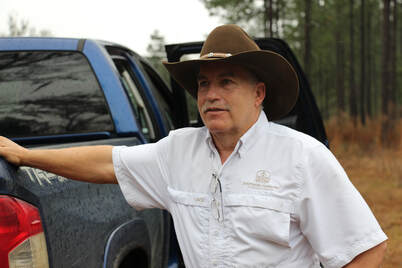
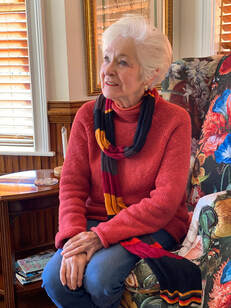
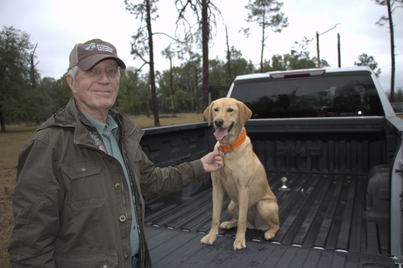
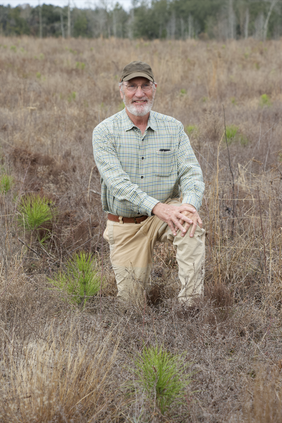
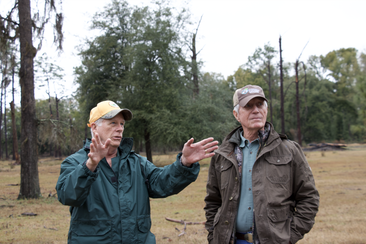
|
Georgia Forestry Magazine is published by HL Strategy, an integrated marketing and communications firm focused on our nation's biggest challenges and opportunities. Learn more at hlstrategy.com
|
